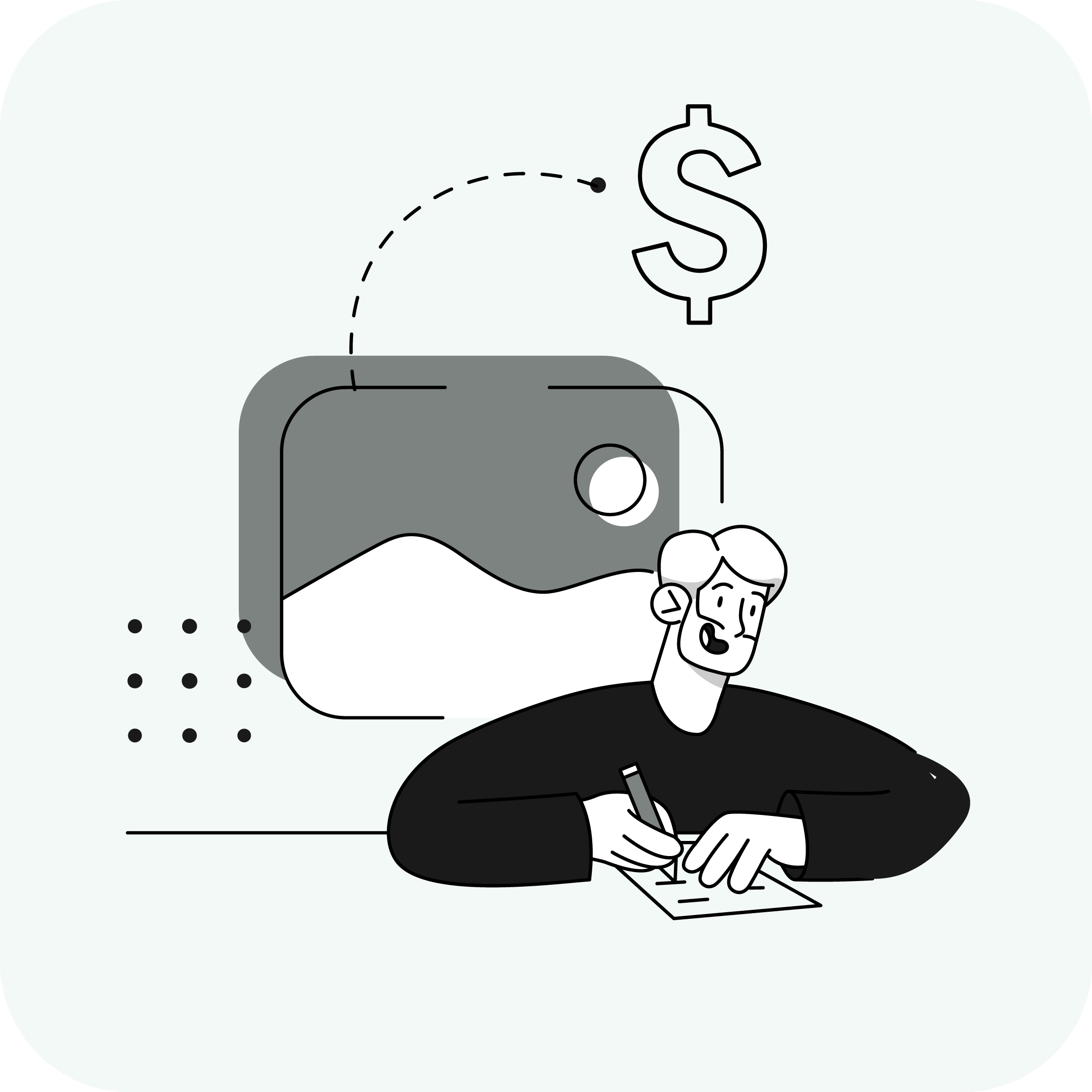
How to Build a Successful PPC Campaign
A poor PPC campaign means money down the drain, and success comes to those who plan before execution.
1. Set Your PPC Goals
The first step of every successful PPC campaign is setting up your target audience and campaign goals,. Without a buyer persona in mind, you’ll be shooting arrows in the dark, and your landing page or ad content won’t resonate with your readers.
Here are some keyword parameters and goals to keep in mind when launching your first PPC campaign.
 Target audience
Target audience
 Ad placements
Ad placements
 Desired outcome
Desired outcome
 Key Performance Indicators
Key Performance Indicators
 Campaign type
Campaign type
 Devices you want to target
Devices you want to target
 Particular location
Particular location
(if any)
You can use tools like UX Pressia to map your target audience.
Once you have that sorted, you can move to the next step. Remember, Rome wasn’t built in a day. So take your time in figuring out what you want to achieve from Pay-per-click marketing.
2. Keyword Hunting
Launching a successful PPC campaign depends on keyword targeting and adjusting your bid. The bid part comes later when you have a list of keywords.
Keyword targeting refers to the terms you’re planning to pay for to get traffic/leads. Finding buying intent keywords isn’t difficult. Simply type your seed keyword in the ad console and you’ll be greeted with a list.
Expensive keywords have the highest buying intent and they’re usually short-tail. Choose keywords based on your budget and diversify your list with long and short-tail keywords because why leave any stones unturned?
3. Crafting a Campaign That Works
This step marks the end of technical work and tests your marketing mind, so wear your creative hat. A PPC ad campaign consists of 3 main parts,
 Ad graphic
Ad graphic
 Ad copy
Ad copy
 Ad call to action
Ad call to action
All three of these elements combined create compelling ad posts that your buyers will click on. Mostly, PPC campaigns are launched for landing pages, and frankly, landing pages rely on the above three aspects + keyword integration.
You don’t need to paint a blank canvas for landing page designs. Simply search your PPC keywords on Google, and you’ll find competitor ads.
Analyze your competitor's ads and find areas of improvement. Think from a buyer's perspective and you’ll find loads of copy errors and CTA placements. Use these areas of improvement in your landing page, and you’re done.
4. Review and Test Your Landing Page Performance
After you’ve launched your campaigns, you’ll probably be monitoring their effectiveness. But how do you gauge your landing page performance and make changes where needed? Simply install Hotjar on your site and utilize the heat map option.
This tool shows where your customers left your page and what sections they clicked on the most. You can also view screen recordings of your customer's journey on your landing page.
Once you find your landing page flaws, you can make these changes through Google Optimize (now available in GA4)
Google Optimize allows you to make HTML edits to your page and launch the revamped version as a mirror of your existing landing page on the same domain.
We used Google Optimize to make our client’s landing page personalized and changed the copy to “Hey, you’re back again” on the 2nd visit. This boosted our client’s engagement rates and conversions by 1.2x. Google Optimize uses cookies to show these changes to return customers. Use it to your advantage and go crazy.
Summing Up The Symphony
Setting up a successful PPC campaign isn’t a walk in the park and takes time. So be patient and figure out the first step first. Without a sound knowledge of your target audience, you can’t expect 2x ROI from your PPC campaigns.
Once you have an idea of whom you’re targeting, the rest comes naturally, and keyword selection goes smoothly. If you’re looking for outsource web development or PPC marketing services, you can always connect with ProByte for an in-demand skill.
We have an arsenal of Remote web developers and marketers ready to tae your project to new heights.











